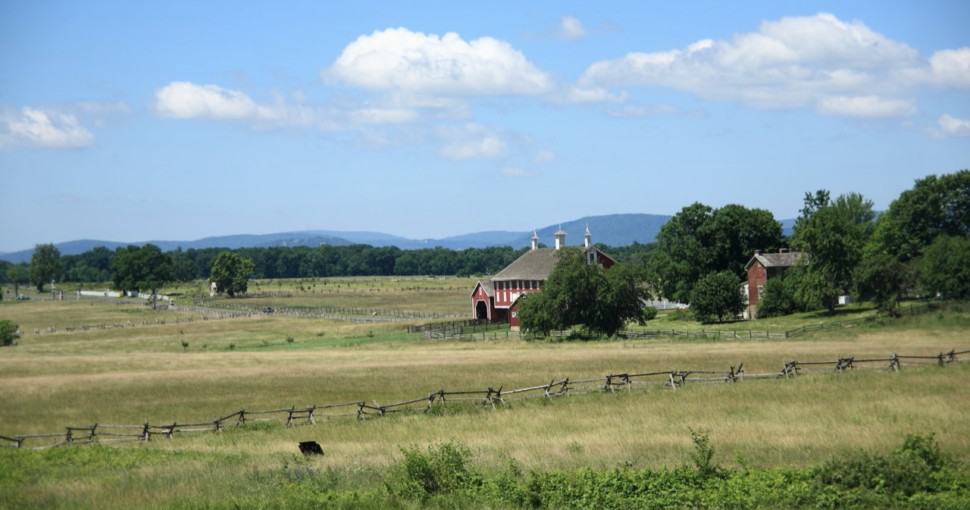The state of Pennsylvania is located in the Mid-Atlantic, Northeastern, and Appalachian regions of the United States. With a total land area of over 46,000 square miles, Pennsylvania is the 33rd largest state in the country. Needless to say, there is a large variety of trees in the state of Pennsylvania
Contents
- 1. Catalpa (catalpa)
- 2. Norway Maple (acer platanoides)
- 3. Tree of Heaven (ailanthus altissima)
- 4. White Ash (fraxinus americana)
- 5. Bigtooth Aspen (populus grandidentata)
- 6. American beech (fagus grandifolia)
- 7. Eastern Hemlock (tsuga canadensis)
- 8. Flowering Dogwood (cornus florida)
- 9. Black Gum (eucalyptus ovata)
- 10. Hickory (carya)
- 11. Yellow Birch (betula alleghaniensis)
- 12. Box Elder (acer negundo)
- 13. Butternut (juglans cinerea)
- 14. Eastern White Pine (pinus strobus)
- 15. Eastern Redbud (cercis canadensis)
- 16. American Sycamore (platanus occidentalis)
- 17. Serviceberry (amelanchier arborea)
- 18. Willow (salix)
- 19. Aspen Trees (populus tremuloides)
Due to the diverse range of topography found in Pennsylvania, the state experiences a variety of climates. The majority of the state experiences a humid continental climate, whereas the southern region of Pennsylvania experiences a humid subtropical climate. Meanwhile, the mountainous region of the interior state experiences colder winters and many more cloudy days and snowfall events throughout the year.
Moreover, the entire state of Pennsylvania receives plentiful rainfall throughout the year. This, along with the diverse topography of the region, results in a large forested area in Pennsylvania. According to the Pennsylvania Bureau of Forestry, there are 20 forests in Pennsylvania. In total, the forested land in the state amounts to well over 4 million acres.
This article will discuss 19 of the most common trees found in the state of Pennsylvania, outlining the defining characteristics and traits of each. So without further ado, here are 19 of the most common trees in Pennsylvania.
Also read: 23 Flowering Trees For Pennsylvania Gardens
1. Catalpa (catalpa)
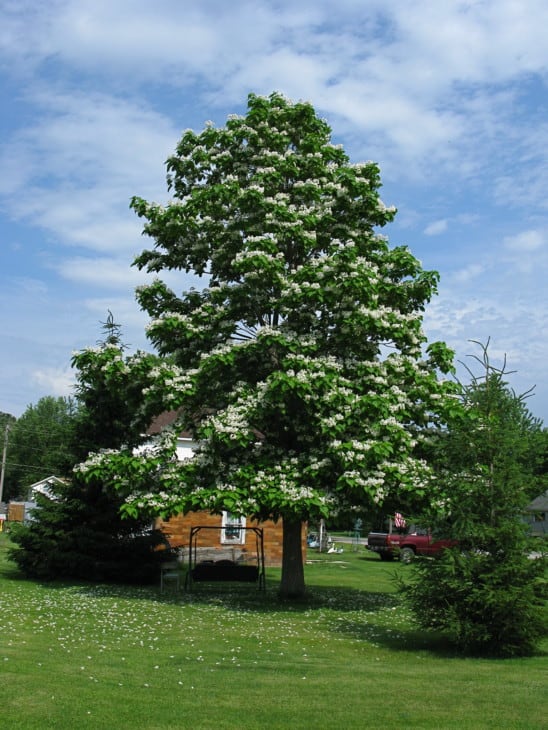
Indigenous to the warm, sub-tropical climates of North America, the Catalpa is a genus of flowering plants and is also found in East Asia and the Caribbean. Being a mostly deciduous tree, Catalpas grow up to 18 meters in height and have a very large branch spread. These fast-growing trees typically have large heart-shaped leaves with white to yellow flowers.
2. Norway Maple (acer platanoides)
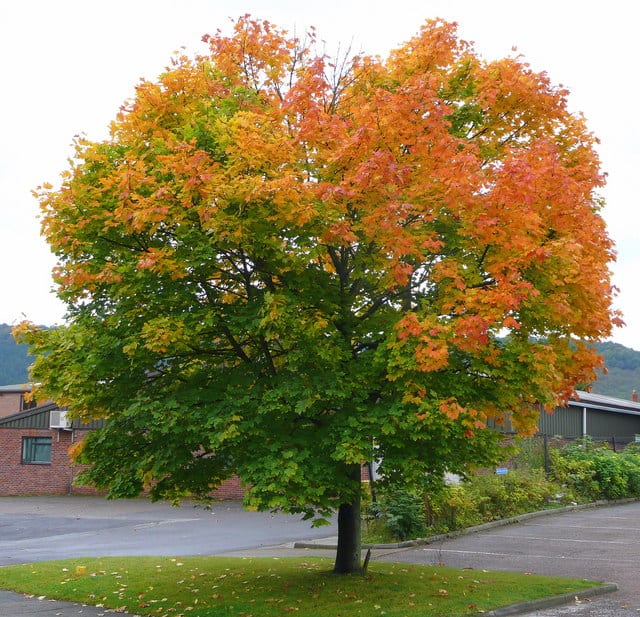
The Norway Maple is a species of Maple indigenous to Eastern and Central Europe and was introduced to the North American continent in the 1700s. These deciduous trees grow up to heights of 20 to 30 meters and have a broad, rounded crown. The bark is grey-brown and usually has shallow grooves.
The average life span of a Norway Maple in North America is 60 years, especially when planted on street sides where the roots have insufficient space to grow properly.
3. Tree of Heaven (ailanthus altissima)
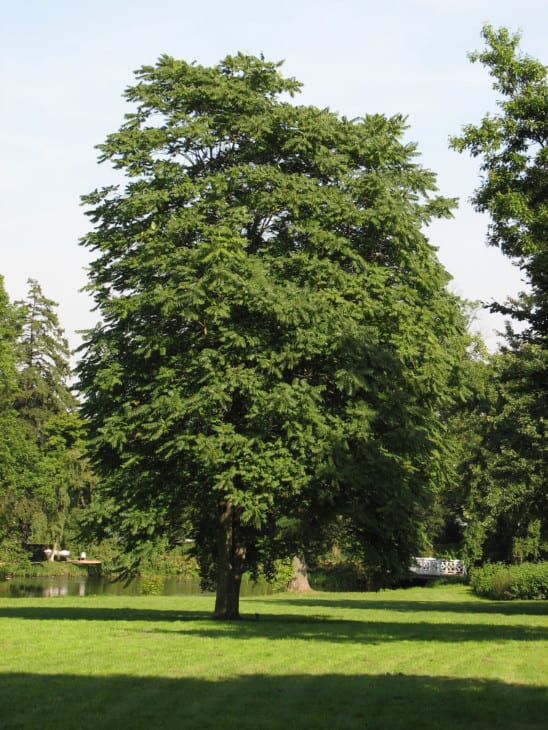
Also known as the Varnish Tree, the Tree of Heaven is a deciduous tree indigenous to Northeast and Central China. The rapidly growing tree can reach heights of 15 meters in just 25 years and is considered to be among the worst invasive species of tree in the North American continent.
The medium-sized Tree of Heaven has a smooth and light gray bark with rough fissures developing as the tree matures. Today, it is distributed across the world with a population on every continent except for Antarctica.
4. White Ash (fraxinus americana)
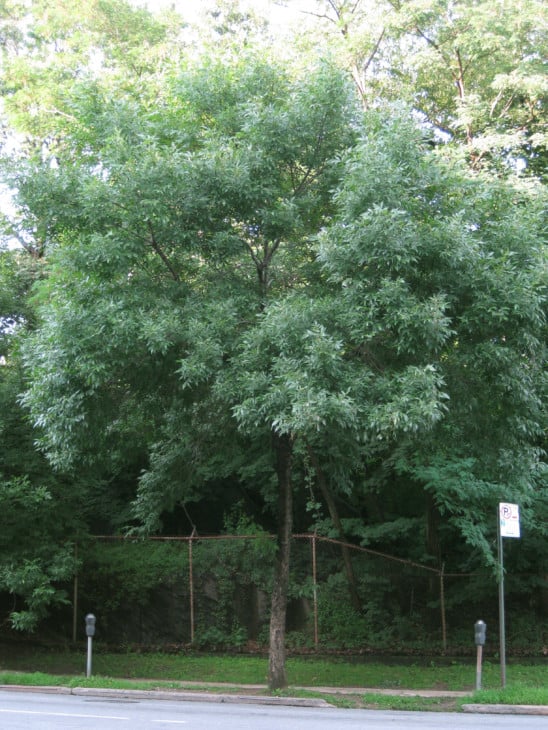
Also known as the American Ash, the White Ash tree is a dioecious tree indigenous to eastern and central North America. The tree is very similar in appearance to the Green Ash, making the two hard to distinguish from one another. As a forest tree, White Ash commonly grows alongside Sugar Maple, with male and female flowers produced on different individuals. Populations of the White Ash can be found in Minnesota, Florida, Texas, Wyoming, and Colorado.
5. Bigtooth Aspen (populus grandidentata)
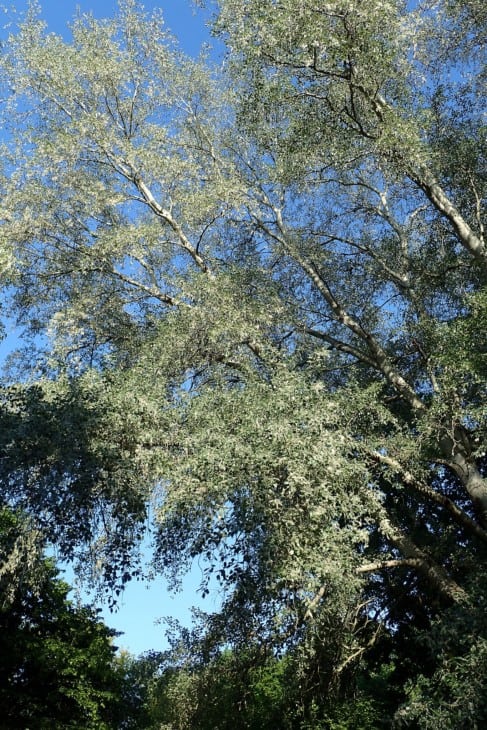
Also known as the American Aspen, the Bigtooth Aspen tree is a deciduous tree indigenous to North America. The name refers to the course teeth found on the leaves of the tree. These dioecious deciduous trees are medium-sized and have straight trunks which can reach up to 24 meters in height. The Bigtooth Aspen is generally a fast-growing and short-lived tree and has shallow yet widespread roots.
6. American beech (fagus grandifolia)
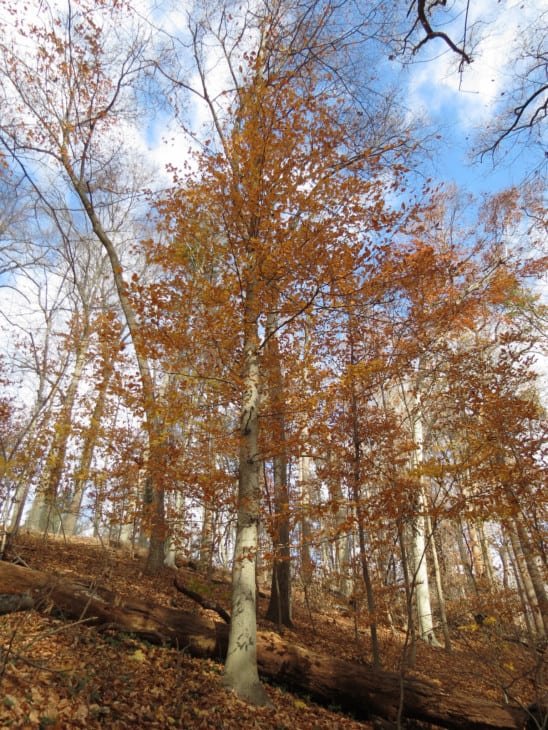
Also known as the North American Beech tree, the American beech is a medium to large deciduous tree that is indigenous to North American. This tree grows to heights of up to 35 meters and typically has smooth, silvery barks and dark-green toothed leaves.
The American Beech is a shade-tolerant tree, and populations can be found on well-drained slopes such as those found in the rich bottomlands of Wisconsin, Florida, Texas, and Ontario.
7. Eastern Hemlock (tsuga canadensis)
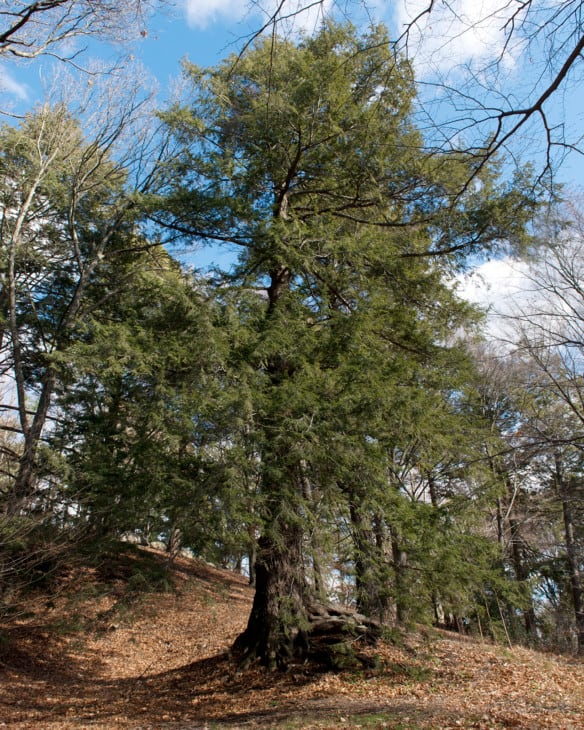
The Eastern Hemlock, or Canadian Hemlock, is a coniferous tree that is indigenous to North America and is regarded as the state tree of Pennsylvania. This shade-tolerant and long-lived tree typically reaches heights of up to 30 meters, although some exceptional 50-meter individuals have been found.
The Eastern Hemlock is primarily found at elevations of 600-1800 meters above sea level and can be found in Minnesota, Georgia, Alabama, and the Appalachian Mountains.
8. Flowering Dogwood (cornus florida)
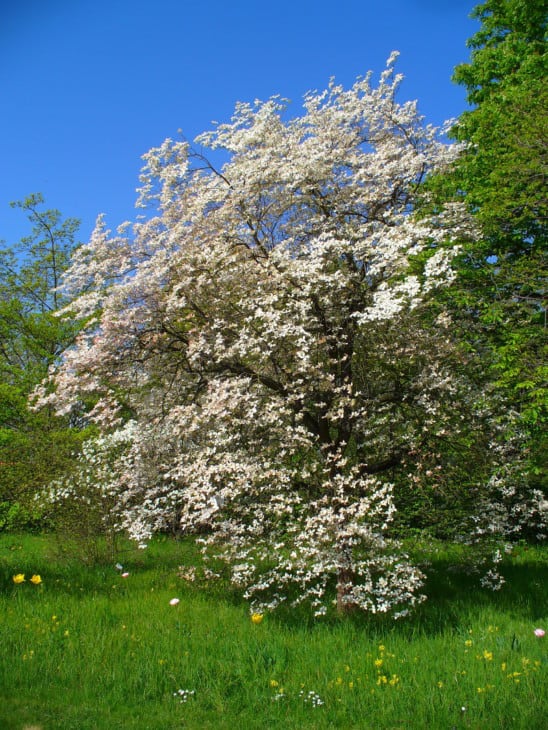
A species of flowering tree of the Cornaceae family, the Flowering Dogwood is indigenous to North America and northern Mexico. This deciduous tree grows to heights of 10 meters and, when mature, can often be wider than it is tall. Moreover, the small and inconspicuous flowers of the Flowering Dogwood grow in dense, rounded flower heads containing up to 20 flowers each.
9. Black Gum (eucalyptus ovata)
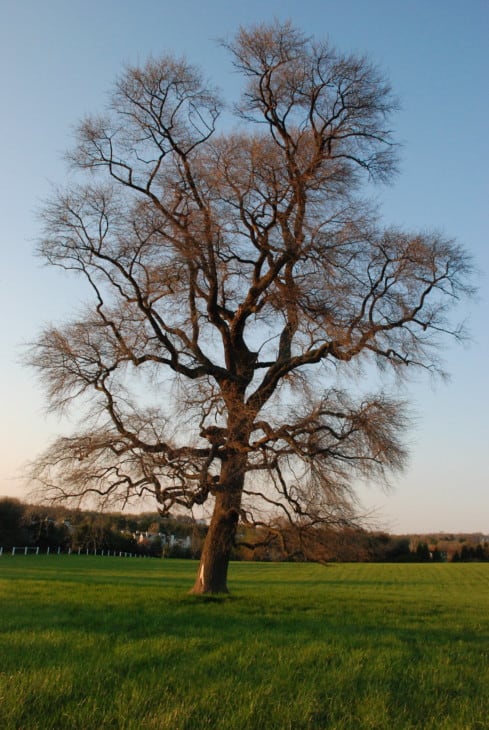
Commonly known as swamp gum, the black gum tree is a small to medium-sized species of tree that is indigenous to Australia, where the tree is endemic. The Black Gum tree typically grows to a height of up to 30 meters. The tree tends to thrive in grassy woodland environments, especially in permanently damp sites.
10. Hickory (carya)
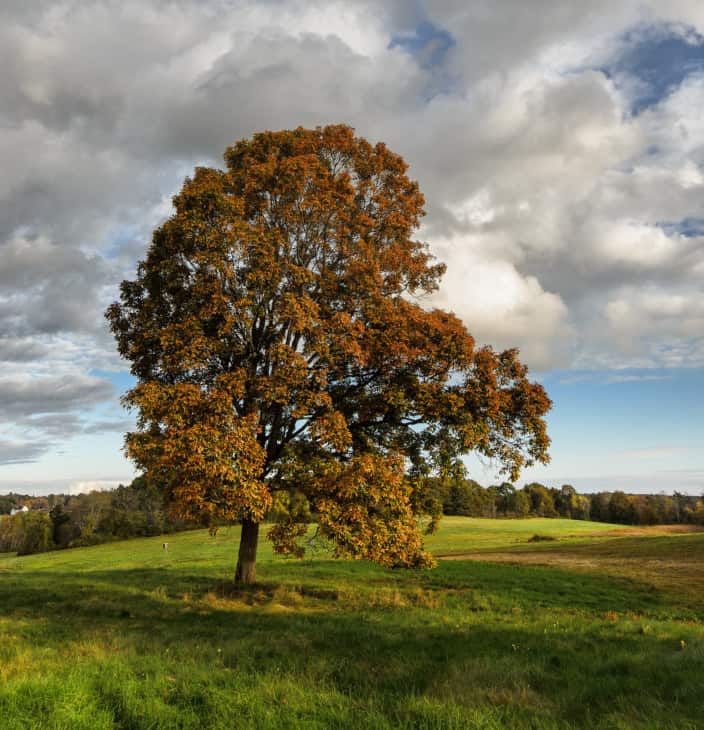
The hickory is a common name for trees that make up the genus Carya, of which there are around 18 known species. While some of these species are native to Indo-China, others are indigenous to United States, Mexico, and Canada. Importantly, these temperate forest trees are self-pollinated. Moreover, a number of species of Hickory trees are used for wood and edible nut production.
11. Yellow Birch (betula alleghaniensis)
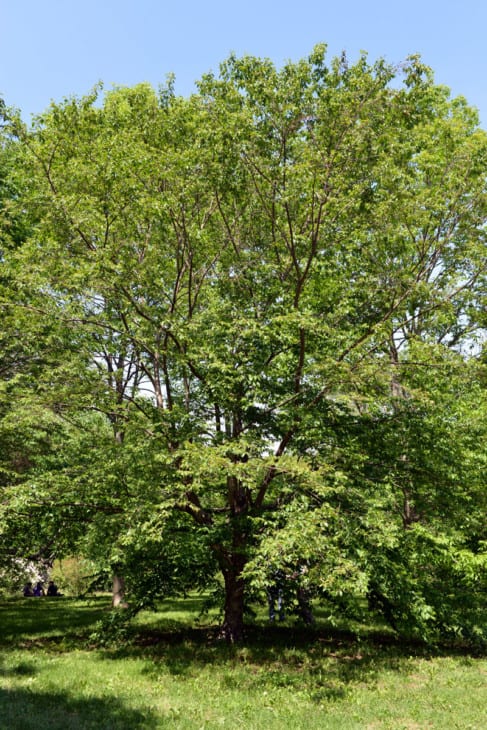
Also known as the Golden Birch or Swamp Birch, the Yellow Birch tree is indigenous to North America and is a very important lumber-producing species for the country. This medium-sized, single-stemmed deciduous tree can grow up to 24 meters in height and is the largest species of birch in North America. The Yellow Birch is a long-lived tree, typically living for up to 150 years.
12. Box Elder (acer negundo)
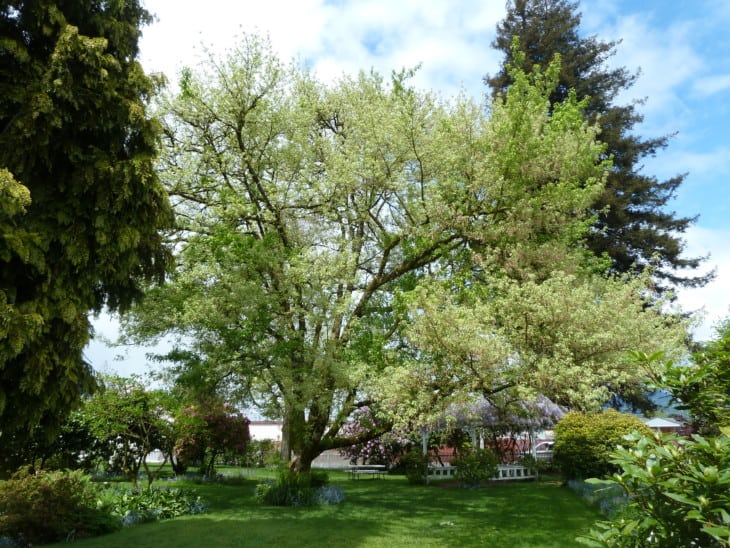
Also known as the Manitoba Maple or the Ash-Leaved Maple, the Box Elder maple tree is a fast-growing and short-lived species of Maple indigenous to North America. In other parts of the world where it has been introduced, it is commonly considered to be an invasive species.
This tree grows up to 25 meters in height and usually has several trunks, which together form impenetrable thickets. Although it has a typical lifespan of 60 years, in favorable conditions, it can live for up to 100 years.
13. Butternut (juglans cinerea)
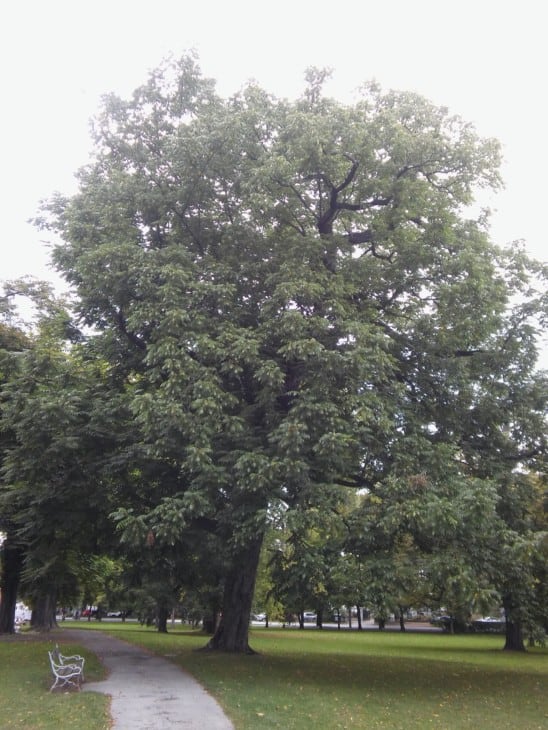
Commonly known as the White Walnut tree, the Butternut tree is indigenous to the United States and Canada. This species of walnut tree has a populous range across Alabama, Arkansas, and Minnesota. The Butternut is a deciduous tree that typically grows to 200 meters in height, but exceptionally to around 40 meters. Moreover, it rarely lives to be older than 75 years.
14. Eastern White Pine (pinus strobus)
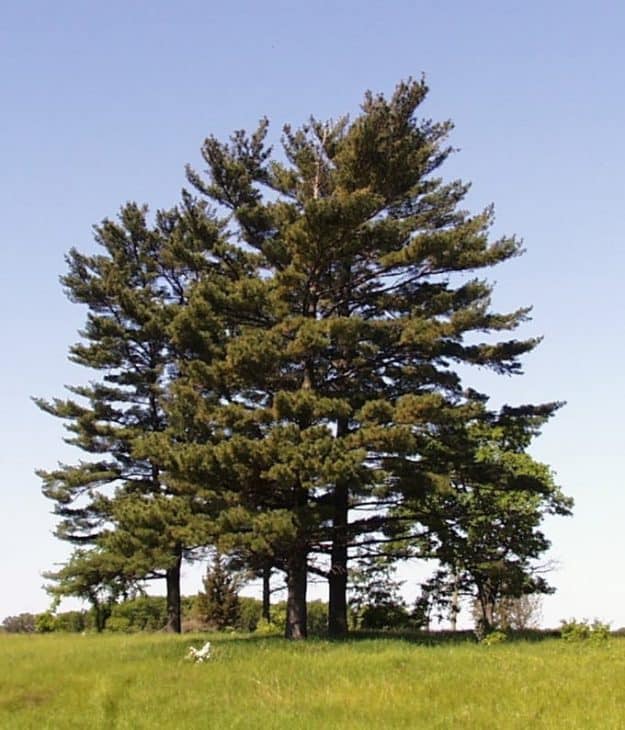
The Eastern White Pine, or soft pine, is a large species of pine indigenous to North America. It occurs across Minnesota, Manitoba, northern Georgia, and the Appalachian Mountains. Standing at a typical 70 meters, the Eastern White Pine is the tallest tree in eastern North America. Moreover, they are some of the longest living trees, typically living up to 250 years and exceptionally up to 400 years.
15. Eastern Redbud (cercis canadensis)
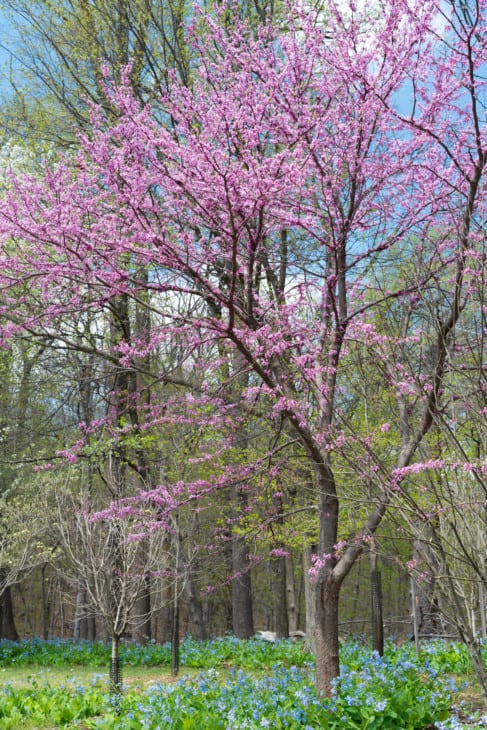
The Eastern Redbud is a small deciduous tree, or large deciduous shrub, and is indigenous to eastern North America, with distributions ranging from Michigan to Mexico, and New Jersey to California, and even as far north as Ontario.
Growing to a height of about 6 to 9 meters with an 8 to 10-meter spread, the Eastern Redbud typically has a short and twisted trunk with vastly spread branches.
16. American Sycamore (platanus occidentalis)
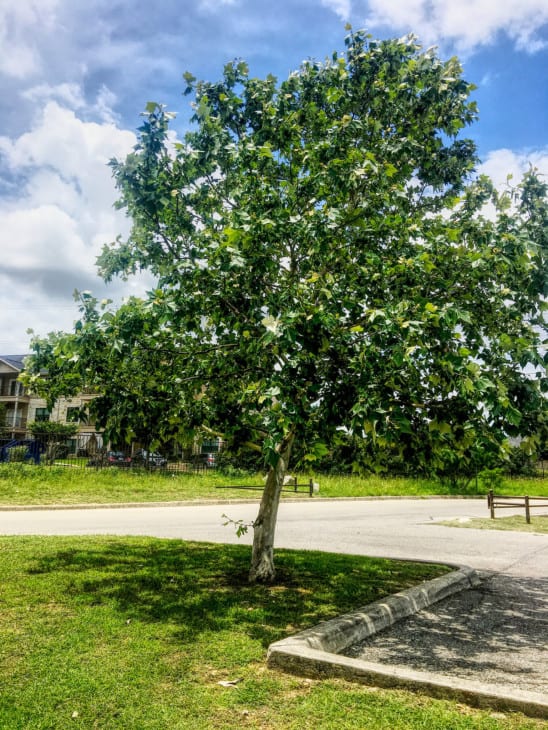
The American plane tree, or American Sycamore, is a species of tree indigenous to the eastern and central United States as well as northeastern Mexico and southern Ontario. This tree can easily be distinguished from other native trees by its mottled bark, which typically flakes off and leaves the service a grayish-brown color.
When grown in deep soils, the Sycamore can grow up to 40 meters in height, and although it thrives in riparian and wetland areas, it is often grown in urban areas as a shade tree.
17. Serviceberry (amelanchier arborea)
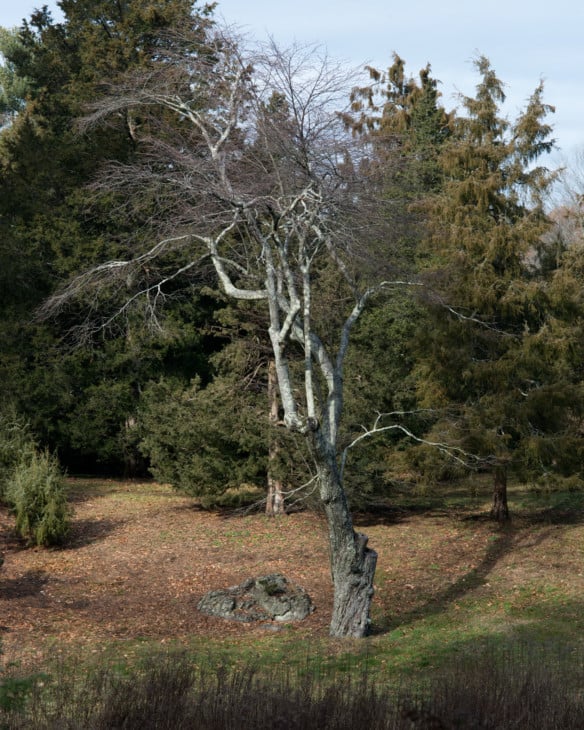
Also known as the common serviceberry, this tree is indigenous to North America, with large populations in Texas and Minnesota. Generally, the Serviceberry grows to 12 meters in height, and occasionally it reaches the over-story at 20 meters. The tree has a smooth gray bark and slender buds with a pointed tip.
18. Willow (salix)
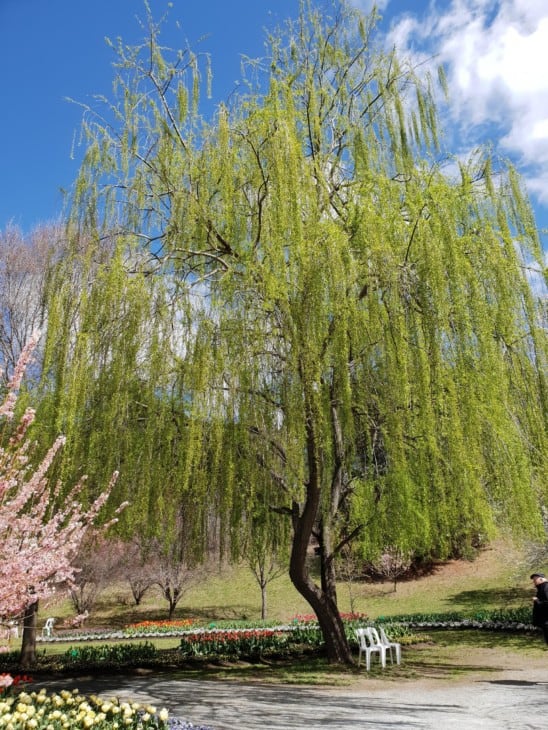
Also commonly referred to as sallows and osiers, Willows comprise around 400 different species of deciduous trees and shrubs and are primarily found on moist soils in the cold regions of the Northern Hemisphere. Many alpine species are the low-growing and creeping shrub willows that are recognizable as willows to many people.
Although their dimensions vary from species to species, most willows are abundant in a watery bark sap and have soft, pliant wood and large fibrous roots. Their roots are remarkable for their toughness and provide most willows with the tenacity to live long lives despite their typical short height.
19. Aspen Trees (populus tremuloides)
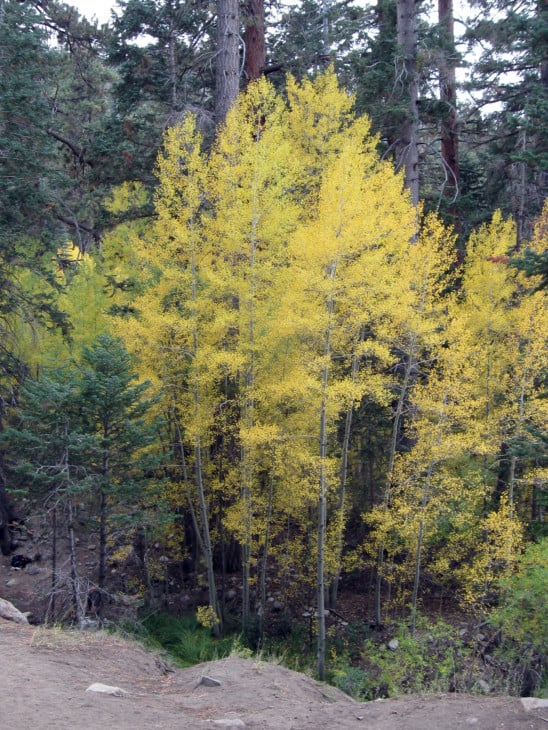
The Aspen Tree is a species of Aspen indigenous to the cooler and temperate regions of North America, where they are widely distributed. This fast-growing tree typically grows to a height of up to 25 meters with a 20 to 80 cm trunk diameter. They are easily identifiable by their smooth, greenish-white to gray-colored bark, which is marked by thick black knots and horizontal scars.

